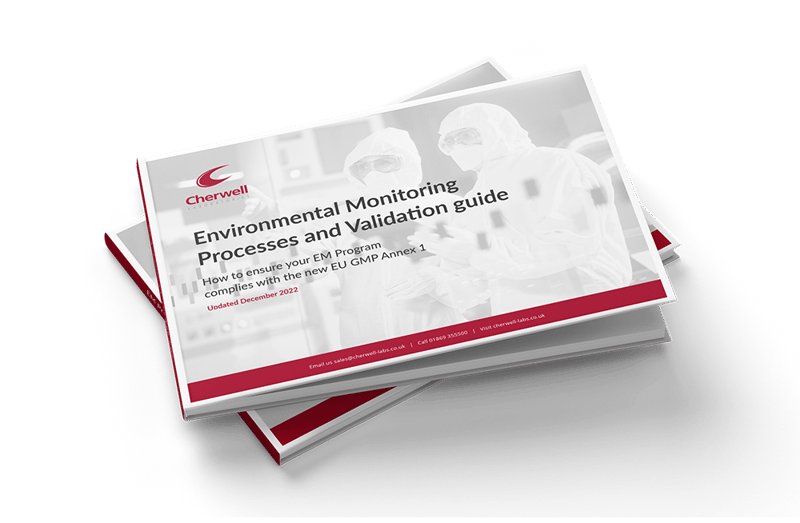It’s an open secret that the greatest risk of
By laying out the statistics of the most common human-related contaminants and their most likely sources, I hope to arm you with the knowledge you need to keep one step ahead of both your most valuable asset and your weakest link in the
Analyses of cleanroom environments confirm the top risk factor
In a review of
In their presentation on Cleaning and Disinfection Best Practices for Cleanrooms, Jim Polarine Jr and Marc Rogers (Technical Services Specialists at STERIS corporation) relate their research that supports
|
Genus |
A/B (6729) |
C/D (2500) |
|
Micrococci (and related) |
38% |
40% |
|
Staphylococci |
21% |
11% |
|
Bacillus (and related) |
31% |
10% |
|
Pseudomonas (and related) |
<1% |
8% |
|
Corynebacterium (and related) |
3% |
5% |
|
Rhodococci |
<1% |
N/A |
|
Fungi |
N/A |
3% |
The most common high-risk behaviour
With human skin pinpointed as the biggest source of contamination, the
In his presentation on his Review of Cleanroom Microflora, Tim Sandle traces these human-related contaminants back to the behaviours that are most likely at fault:
- The body harbours over thirty million bacteria
- The average person sheds 1,000,000,000 skin cells per day
- 10% have
micro-organisms on them - Particles are released from the mouth and nose as minute liquid droplets, which can be extremely contaminated with microorganisms.
The rate of particle deposition varies according to speed and activity.
- When stationary, people generate approximately 100,000 particles of 0.3 µm or greater
- When walking slowly (2 miles per hour), people shed around 5 million particles
- When walking briskly (5 miles per hour), people shed around 7.5 million particles.
How to protect your cleanroom environment from the greatest contaminant
While the nature of human movements and biological excretions pose the greatest risks of shedding and spreading bacteria, staff error has also been known to ruin entire shipments of pharmaceutical products.
I remember an occasion, many years ago, where several batches of vaccines we sterility tested were found to be contaminated. After much head scratching, we picked up that one our sterility testing operators was infected with shingles – the actual source of contamination. While the vaccines could be saved, we had to redo all the tests at huge cost and delay the release of the product. This shows operators that have skin conditions such as eczema and acne can pose a severe risk to products, even when fully gowned. It is important that
Polarine and Rogers provide the following helpful tips for locating the source of contamination in less obvious scenarios:
In
- Gowning material
- Skin infections of operators
- Body piercings, even 'internal' ones like tongue studs.
In
- The gowning room
- BSL Hoods
- Operators with acne
Where fungal and Bacillus spores are discovered in the cleanroom environment, examine these likely sources:
- Operational items brought into the
cleanroom . This includes bags, boxes, intervention equipment, pallets, pallet jacks, scrubbers, cart wheels, shoes, shoe covers - Any raw materials brought into the
cleanroom .
Polarine and Rogers recommend the use of antimicrobial
The price of ignorance in the cleanroom
The cost of pharmaceutical manufacturing failures is







